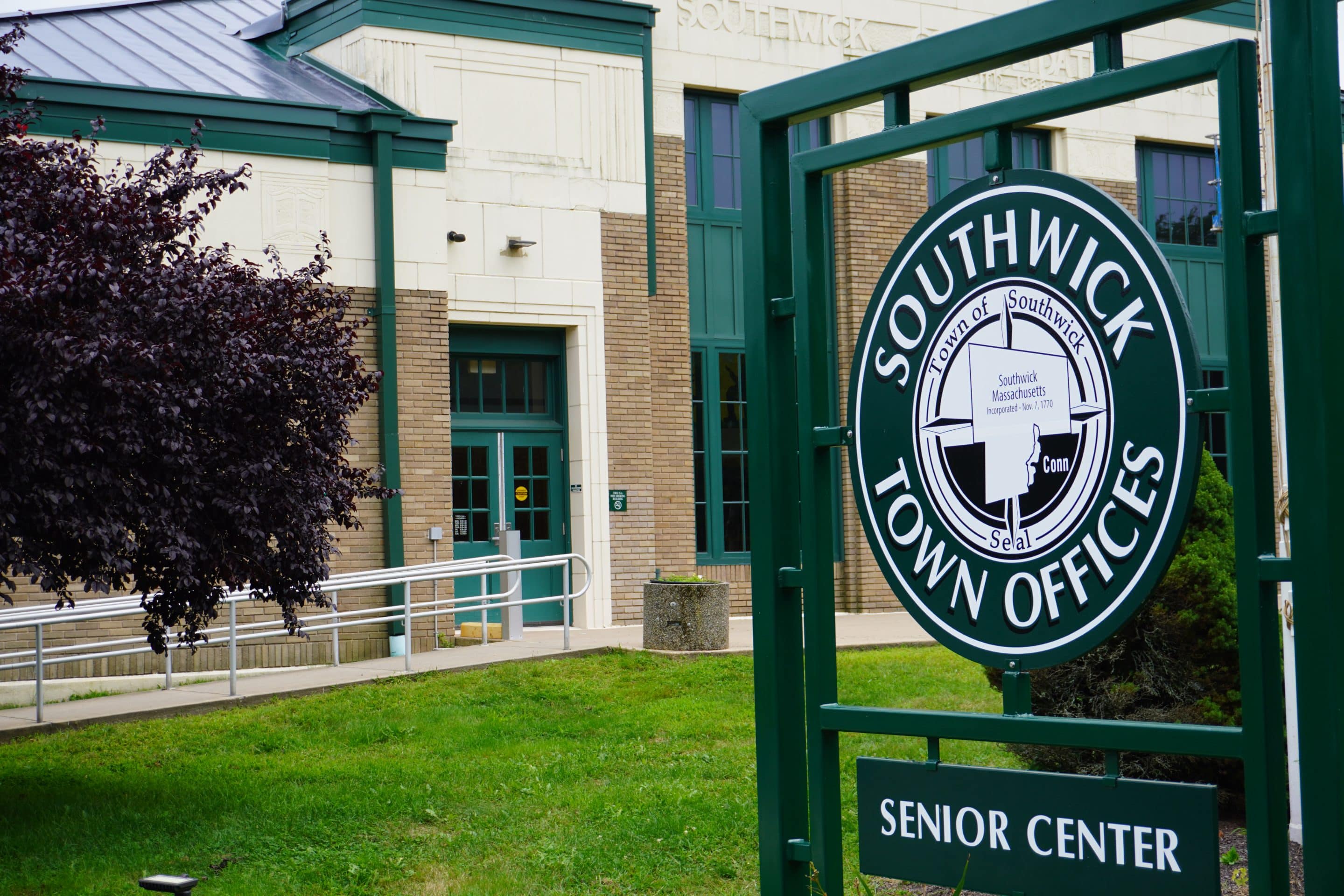SOUTHWICK — When the Select Board last met, its was given by the former DPW director a list of road projects and asked to prioritize them, but they decided to hold off on a final decision until they get more information.
“My hangup is the cost and processes,” board member Russell Anderson said during the board’s meeting on July 14.
He said the prices he was getting for road projects in other communities weren’t lining up with the cost estimates provided by the former director, Randy Brown, who started as the director of the Westfield DPW on July 9.
Anderson said he found that milling and overlaying a road appears to be less expensive than the $1 million cost per mile, which is what is generally considered the cost to repair or repave a road.
“I get a milling and overlay of $170[,000] to $200,000, some of these depend on what roads they are and they’re up to $1 million per mile,” Anderson said referring the road project list.
Board member Douglas Moglin acknowledged there may an alternative way to determine the cost of a project — by finding the cost per foot of a project.
He said he looked at the projects recommended for this year and estimated cost and length of the road needing repair using a cost per foot equation.
“They’re literally all over the place,” he said about the projects proposed, which board member Diane Gale agreed with.
Anderson said based on the condition of a road, there could be several methods like chip sealing, milling and overlaying, that could change the cost estimate.
Gale asked if the board should decide on which roads should be repaired.
“[Are we] to determine which roads are in the worst shape and need the most attention for public safety and longevity purposes?” she asked.
Moglin said yes.
She followed that up by saying the board should probably rely on the experts to determine which repair process is needed for each project. Anderson gave his perspective on how road projects should be categorized.
“To me we should be spending money where the most traffic is. That’s where you get your biggest impact. Whether that’s simple fixing or involved fixing,” Anderson said, adding that why should the town be fixing roads that only have 200 vehicles on it each day versus a road that get 7,000 vehicles a day.
He also said that road standards are basically tied to car and truck traffic counts per day.
But the board needed to get some kind of perspective before making those decisions, and suggested, like he did at the last meeting, using an outside firm to survey the roads and provide suggestions on the right fix.
“We should spend this getting stuff ready so we can be in a better position to spend our money more wisely,” Anderson said.
Moglin agreed to the assessment, but suggested the town continue to use BETA, which for years has provided surveys of the town’s roads, giving each a grade based on its condition.
Moglin also agreed that a “good chunk” of the money available this year for repairs should be used where there is a lot of traffic.
However, “ … we have to pay attention to those side roads. They deserve the attention.”
While there was no clear decision made on most of the projects proposed by the DPW, the board members were in agreement on two: a $90,000 drainage project on South Longyard Road.
“That needs to get done,” Moglin said.
Gargon Terrace was the other, which over the last two years has had trees and sidewalks replaced to prepare it for repaving this year at an estimated cost of $450,000.
As the discussion wound down, Gale tasked Chief Administrative Officer Nicole Parker and Assistant DPW Director Jon Goddard with working with BETA to help with making determinations on which roads needed what type of repair work.


